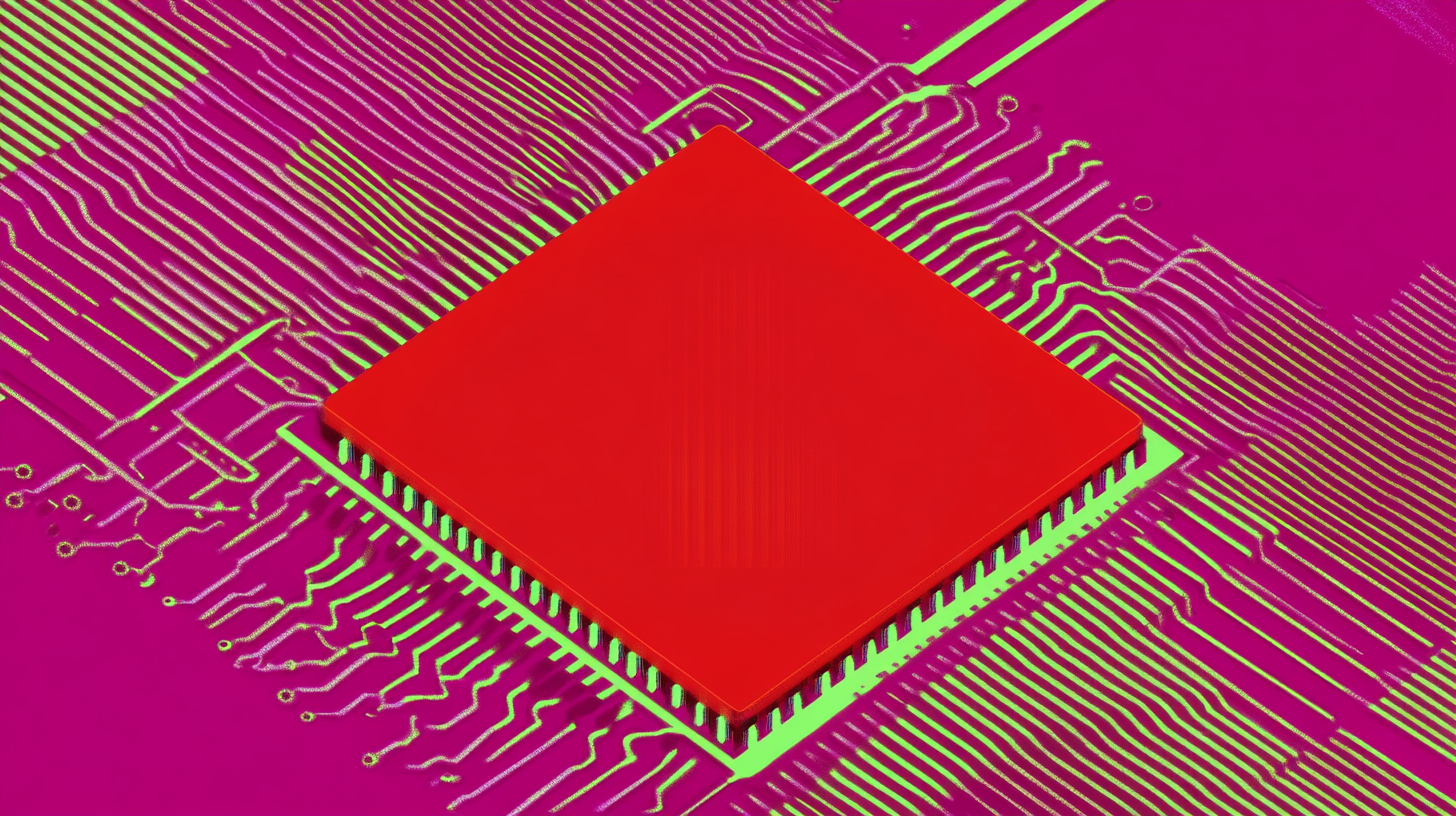Huawei’s AI chip production reportedly faces a critical shortage of high-bandwidth memory

Key Points
- SemiAnalysis reports that while Huawei is producing hundreds of thousands of AI chips, the main limiting factor is not chip manufacturing, but a shortage of high-bandwidth memory (HBM), which is crucial for AI hardware.
- Huawei’s recent surge in AI chip shipments is fueled by a large stockpile of chips made at TSMC before export controls tightened, but this reserve is expected to run out within nine months, and domestic HBM production cannot meet projected demand.
- The US has allowed Nvidia to export modified AI chips to China, but Chinese firms remain dependent on Western technology, with HBM supply restrictions proving highly effective and leaving companies like Huawei unable to sustain growth in AI chip production once foreign stockpiles are depleted.
A new report from SemiAnalysis shows that while Huawei is churning out hundreds of thousands of AI chips, the real choke point isn’t chip manufacturing, but a shortage of high-bandwidth memory (HBM).
As the US tries to hold its edge in AI by restricting China’s access to computing power, China is pushing for total tech independence, with Huawei as its national champion. But SemiAnalysis argues that Huawei’s AI chip surge is built on shaky foundations. The real problem isn’t making logic chips, but getting enough HBM.
Huawei’s production relies on stockpiled chips
SemiAnalysis estimates Huawei shipped about 507,000 Ascend AI accelerators in 2024, with projections of 805,000 units for 2025. But those figures are misleading, the report says, because Huawei stockpiled over 2.9 million Ascend dies made at TSMC, getting around export controls. This die bank is fueling production for 2024 and 2025, but analysts expect it will run out within nine months.
Meanwhile, Huawei is investing heavily in vertical integration to control its supply chain. The company has launched a chipmaking tools outfit called SiCarrier and is expanding its own factories. By next year, these plants could rival or even surpass the capacity of SMIC, China’s largest contract chipmaker.
SMIC is no longer the chief bottleneck
Huawei currently outsources chip production to SMIC, which has been a limiting factor. But SemiAnalysis expects that to change by year’s end. SMIC is scaling up its advanced process capacity (7nm and below), targeting 45,000 wafers per month by the end of 2025 and 80,000 per month by 2027. Even a portion of that would be enough for millions of Ascend chips annually.
SMIC’s focus on AI chips is possible in part because other Chinese firms still use TSMC for mobile chips, easing the strain. The analysis also suggests Huawei continues to get advanced datacenter CPUs and networking components made at TSMC through shell companies. Another factor is the slow adoption of US controls by Japan and the Netherlands, which lets Chinese companies stock up on equipment.
HBM is the real Achilles’ heel
SemiAnalysis points to HBM supply as China’s true weak spot for AI. Tellingly, Beijing is pushing for relaxed HBM restrictions in trade talks, not for lithography tools or TSMC access.
China has tried to get ahead by stockpiling 13 million HBM stacks, most of them—11.4 million—from Samsung. Samsung alone reportedly shipped 7 million stacks in the month between the announcement and the start of US restrictions beyond HBM2E in December 2024. That’s enough for around 1.6 million Ascend 910C chips, but SemiAnalysis expects the stockpile will be gone by year-end. After that, without foreign HBM, Huawei won’t be able to make even a million Ascend chips in 2025, since domestic supply can’t fill the gap.
China’s top DRAM maker, CXMT, is catching up fast, but can’t meet demand. SemiAnalysis projects CXMT will produce just 2 million HBM stacks next year—enough for only 250,000 to 300,000 Ascend 910C chips. This underlines how effective HBM sanctions are, and the analysts recommend adding CXMT to the sanctions list as well.
Nvidia’s role and compute diplomacy
The US government’s move to let Nvidia export its H20 chip to China is part of a complex strategy. SemiAnalysis suspects that China’s public lack of interest in the H20 is a tactic to get approval for a much more powerful Blackwell-series chip (B30A). Reports of weak performance from models like Deepseek on Huawei hardware highlight that Chinese companies still depend on Western chips.
The US faces a strategic dilemma: selling chips keeps China tied to US tech, slowing domestic alternatives, but also speeds up China’s AI progress. The report suggests only approving more powerful chips once China can make its own equivalent at scale. Until then, Chinese companies like Bytedance have to rely on cloud providers in places like Malaysia for top GPUs—access that the US can cut off at any time. For Nvidia, sales of modified chips to China could bring in as much as $30 billion a year, according to the analysis.
AI News Without the Hype – Curated by Humans
As a THE DECODER subscriber, you get ad-free reading, our weekly AI newsletter, the exclusive "AI Radar" Frontier Report 6× per year, access to comments, and our complete archive.
Subscribe now